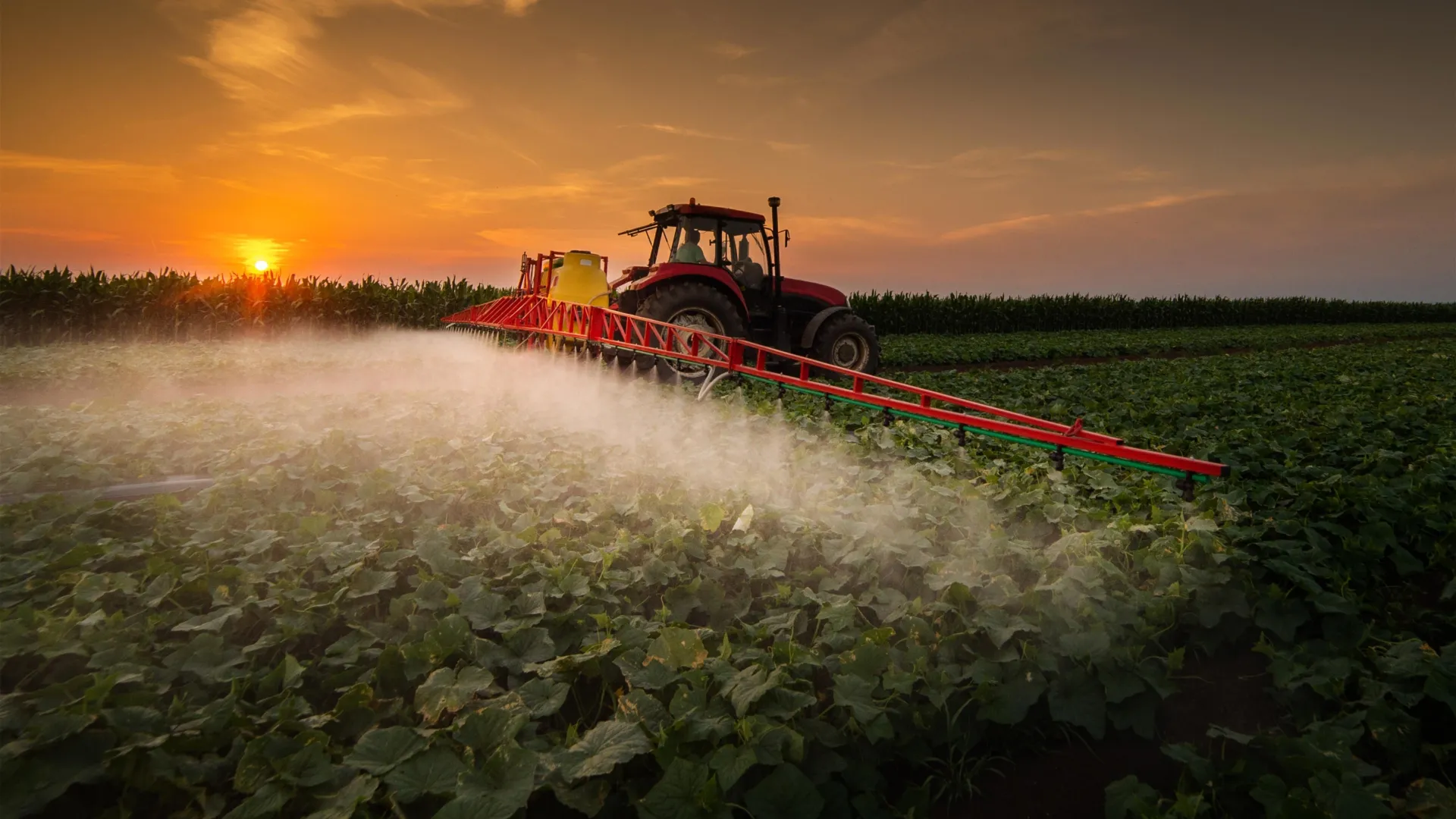Health
Pennsylvania Counties Face Rising Melanoma Rates Linked to Agriculture

A recent study led by scientists at Penn State University reveals a significant increase in melanoma rates in 15 counties of South Central Pennsylvania. The research, published on November 14, 2025, in the journal JCO Clinical Cancer Informatics, indicates that adults over the age of 50 in these areas are 57% more likely to be diagnosed with this deadly form of skin cancer compared to residents in other parts of the state.
The study analyzed cancer registry data from 2017 to 2021 and highlighted that the elevated risk of melanoma correlates with agricultural practices, particularly in regions rich in cropland and herbicide use. This surprising finding suggests that environmental factors beyond sun exposure may be contributing to rising melanoma incidence rates.
Environmental Factors at Play
Research co-author Charlene Lam, an associate professor of dermatology at Penn State Health, explained that the increased cases of melanoma are evident in both rural and urban communities. “Melanoma is often associated with beaches and sunbathing, but our findings suggest that agricultural environments may also play a role,” she noted. The data indicates that entire communities living near agricultural land, not just farm workers, could be at risk of exposure to harmful chemicals.
The study took into account typical risk factors such as sunlight exposure. Even after adjusting for ultraviolet radiation levels and other socioeconomic factors, researchers found that counties with extensive cultivated land and high herbicide usage had notably increased melanoma rates. Specifically, the analysis revealed a 14% rise in melanoma cases for every 10% increase in cultivated land, while a 9% increase in herbicide-treated areas correlated with a 13% increase in melanoma incidence.
Understanding the Risks of Herbicide Use
According to Eugene Lengerich, emeritus professor of public health sciences at Penn State and senior author of the study, the biological effects of herbicides could theoretically contribute to melanoma development. He stated, “Pesticides and herbicides are designed to alter biological systems,” and some of these mechanisms may heighten photosensitivity or cause oxidative stress in individuals.
Lam emphasized that exposures are not limited to agricultural workers. Chemicals can drift on air currents, settle in household dust, and contaminate water sources, impacting broader populations. “Our findings suggest that melanoma risk could extend beyond occupational settings to entire communities,” she said, stressing the importance of recognizing potential environmental hazards.
The study aligns with previous research linking pesticide and herbicide exposure to increased melanoma risk. Evidence suggests these chemicals may heighten sensitivity to sunlight and interfere with immune responses, raising concerns about their effects on human health.
While the study highlights a clear association between agriculture and melanoma rates, first author Benjamin Marks, a medical and public health student at Penn State College of Medicine, cautions that these findings do not establish a direct cause-and-effect relationship. “The patterns point to a connection that deserves further study,” he explained. Marks emphasized the importance of recognizing that multiple factors, including genetics and lifestyle choices, may also influence melanoma risk.
Broader Implications for Public Health
The researchers hope to further investigate how agricultural practices impact public health, particularly as similar trends have been observed in farming regions in Utah, Poland, and Italy. Lam encourages individuals concerned about melanoma risk to perform regular skin checks and practice sun safety measures, including the use of protective clothing and sunscreen.
Lengerich reiterated the need for a comprehensive approach to cancer prevention. “This study demonstrates the importance of a ‘One Health’ approach, understanding that human health is deeply connected to our environment and agricultural systems,” he said. Addressing the potential contributions of herbicides and farming practices to melanoma risk will require collaboration among healthcare professionals, farmers, environmental scientists, and policymakers.
The research received support from the MPH Capstone Program and the Medical Student Research Project at Penn State College of Medicine, along with the University’s Algin B. Garrett Professorship. The implications of this study could lead to critical changes in agricultural practices and public health policies aimed at reducing melanoma risk in vulnerable communities.
-

 Science2 weeks ago
Science2 weeks agoUniversity of Hawaiʻi Joins $25.6M AI Project to Monitor Disasters
-

 Business3 weeks ago
Business3 weeks agoForeign Inflows into Japan Stocks Surge to ¥1.34 Trillion
-

 Top Stories3 weeks ago
Top Stories3 weeks agoMarc Buoniconti’s Legacy: 40 Years Later, Lives Transformed
-

 Top Stories3 weeks ago
Top Stories3 weeks agoBOYNEXTDOOR’s Jaehyun Faces Backlash Amid BTS-TWICE Controversy
-

 Health3 weeks ago
Health3 weeks agoInnovative Surgery Restores Confidence for Breast Cancer Patients
-

 Sports1 month ago
Sports1 month agoSteve Kerr Supports Jonathan Kuminga After Ejection in Preseason Game
-

 Science1 month ago
Science1 month agoChicago’s Viral ‘Rat Hole’ Likely Created by Squirrel, Study Reveals
-

 Top Stories3 weeks ago
Top Stories3 weeks agoCarson Wentz Out for Season After Shoulder Surgery: Urgent Update
-

 Lifestyle1 month ago
Lifestyle1 month agoKelsea Ballerini Launches ‘Burn the Baggage’ Candle with Ranger Station
-

 Entertainment1 month ago
Entertainment1 month agoZoe Saldana Advocates for James Cameron’s Avatar Documentary
-

 Politics1 month ago
Politics1 month agoDallin H. Oaks Assumes Leadership of Latter-day Saints Church
-

 Lifestyle1 month ago
Lifestyle1 month agoDua Lipa Celebrates Passing GCSE Spanish During World Tour









